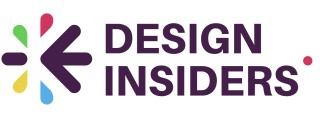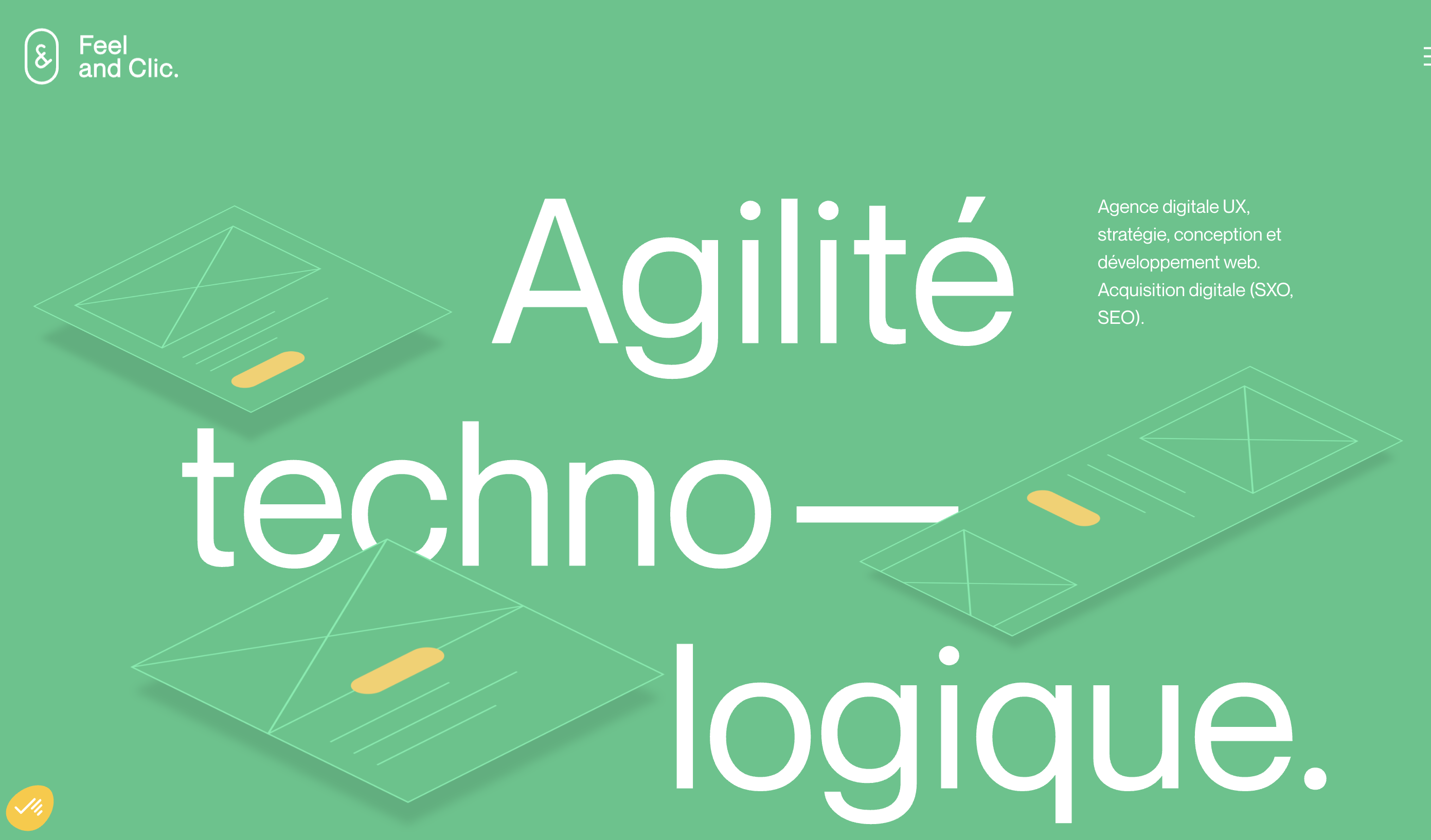
Understanding Personalization in Design
Personalization as a Design Cornerstone
In the realm of design, personalization stands as a pivotal factor in enhancing user experience. The act of making a product or service resonate uniquely with individual preferences not only enriches the user journey but also forges stronger connections between the customer and brand. From the tailored feel of petits articles in leather goods to the inclusion of personal logos or monograms, personalization adds a layer of intimacy and uniqueness to consumer interactions.
The art of personalization goes beyond the mere visual. It extends to functional aspects such as an add to cart feature that remembers past shopping habits or a secure checkout process tailored to reassure and streamline the purchase path. By tracking preferences and interpreting usage patterns, designers can craft experiences that intuitively guide users through engaging and personalized journeys.
Leveraging Understanding for Impact
While personalization strategies enhance the user experience, they also bring about the responsibility of information handling. Crafting a politique de confidentialité that aligns with user expectations is crucial. Users need assurance that their interactions, shaped by personal data, remain secure and respectful of their privacy concerns.
Thus, understanding personalization involves bridging creativity with responsibility. Designers must balance aesthetic and functional personalization with ethical data practices, ensuring each personalized experience does not compromise user trust. This balanced approach is crucial for enhancing the role of user experience in modern digital environments.
The Role of Personalization in User Experience
The Impact of Personalization on User Interaction
The integration of personalization in design significantly elevates the user experience by catering to individual preferences and needs. Whether it’s allowing users to edit or delete items from their cart, ensuring stock availability for their favorite products, or offering personalized free delivery worldwide, personalization enriches every interaction.- Enhanced Engagement: Personalized experiences engage users by making them feel valued. When users see their name, or receive recommendations based on prior searches, they're more likely to feel connected to the brand and add items like leather goods or ballet flats to their cart.
- Tailored Content: From the homepage and main content to small leather accessories or golden leather bags, customization ensures content resonates with the visitor. By understanding user behavior and preferences, designers can tailor the experience to skip irrelevant content and focus on what truly matters to the user.
- Brand Loyalty: The use of unique personalized services, such as custom leather logos or easy returns, helps in building trust. Customers agree cookies and privacy policy easily when they know they will receive a secure payment process and excellent customer service. This approach not only aids in customer retention but also secures brand loyalty.
- Seamless Functionality: Personalization can simplify user navigation. Whether it's through quick links to start shopping or allowing users to skip main sections to reach their favorite items faster, these elements streamline the user journey.
Tools and Techniques for Effective Personalization
Utilizing Technology for Personalized Design
Personalization in design requires more than intuition; it demands the right tools and techniques to craft unique experiences for users. Here, we delve into some instrumental strategies that aid in effective personalization.One crucial method is leveraging data analytics. This involves analyzing user interactions, such as their journey from search to add to cart, and understanding behavioral patterns. By evaluating this data, designers can curate personalized experiences that align with user preferences and expectations. Understanding what users add to their cart, how they interact with main content, and their engagement with specific product categories helps refine design strategies.
Another approach is the integration of A/B testing tools. These tools facilitate testing multiple design iterations to determine which version offers the most compelling user experience. Conducting tests on elements such as URL structure, layout, or logo placement can significantly enhance personalization effectiveness by adapting based on genuine user feedback.
Dynamic Content and Advanced Personalization Features
Creating dynamic content is another valuable technique. This allows designers to present content that adjusts according to user demographics, browsing history, or previous purchases. Such customizations are key to delivering relevant experiences, which ultimately leads to increased user engagement and satisfaction. Consider how personalized recommendations for leather goods or ballet flats can enhance the shopping journey.
Moreover, integrating advanced personalization features, like machine learning algorithms, enriches the process. These algorithms can predict trends and identify user preferences with remarkable accuracy, fostering a truly tailored design experience. Additionally, options to edit delete user preferences or assess stock availability ensure a seamless, user-friendly interaction.
Ensuring Privacy and Ethical Considerations
As personalization becomes more sophisticated, safeguarding user privacy is paramount. Adhering to a comprehensive privacy policy ensures users feel secure while engaging with personalized content. Transparent data usage policies and secure payment systems bolster trust and encourage users to explore more personalized avenues with confidence.
Implementing techniques that respect user consent, such as "agree cookies" notifications, reassures users of their data autonomy, further enhancing their interaction with the service. Designers have a responsibility to balance personalization with privacy, ensuring the user's right to privacy is never compromised.
Exploring these tools and techniques equips designers with the means to create exceptional user experiences. If you're aiming to refine your design strategy with digital personalization, exploring resources like crafting effective employee review templates for design teams might offer crucial insights into team collaboration and process optimization.
Challenges in Implementing Personalization
Overcoming Obstacles in Personalization
Implementing personalization in design is no small feat and comes with its own set of challenges. Achieving a unique and tailored user experience requires careful planning and consideration of various factors. Firstly, data privacy and management play a crucial role. With users increasingly aware of how their data is used, ensuring compliance with privacy policy regulations is paramount. Designers must create systems where users can easily agree cookies preferences, or choose to empty start shopping details without compromising their privacy. Moreover, obtaining the right data to provide a personalized experience can be difficult. Successful implementation often relies on the effective design of a user-friendly interface that prompts users to actively contribute to their experience. A well-integrated search feature, for instance, can help users find ballet flats or leather goods in stock availability, enhancing overall user engagement. Another common hurdle is maintaining seamless design continuity when personalizing elements such as logos or leather accessories. Users expect a consistent experience across all platforms, whether they are adding a product to the cart or navigating through other small leather offerings. Designers must strike a balance between customization and coherence. Technical constraints can also impede the personalization process. Coordination between different platforms, ensuring secure payment gateways, and managing stock availability for customized products often require robust backend support and the input of skilled UX consultants. Challenges like these necessitate a deep understanding of the service infrastructure to maintain operational fluidity. Lastly, returns days and delivery worldwide concerns associated with personalized products can complicate things. Offering easy returns without affecting the intricacies of personalized items demands an agile and responsive customer service approach. To summarize, overcoming these challenges requires not only technical expertise but also a commitment to providing a seamless and user-centric experience. As the art of personalization continues to evolve, so too must the strategies employed by designers to mitigate these obstacles.Case Studies: Successful Personalization in Design
Exemplary Uses of Personalization in Design
In the realm of personalization, several brands have set a benchmark by crafting unique design experiences. Consider the instance of a well-regarded French leather goods brand, where personalizaion takes center stage. By offering personalized logo engravings on leather accessories, this brand allows customers to add a touch of individuality to their purchases, enhancing user experience and satisfaction.
Similarly, e-commerce platforms leveraging advance personalization techniques can significantly elevate the shopping journey. By using data-driven insights, these platforms present products tailored to user preferences, evident when options like ballet flats or leather bags are aptly suggested. This approach not only assists in converting a keen window shopper into a committed cart, but also streamlines service through features such as secure payment and easy returns.
A noteworthy example lies in dynamic content alteration according to user location or preferences, enhancing the shopping interface with offers of free delivery worldwide or specialized search functionalities, as seen on several top-tier e-commerce sites. By providing personalized URLs and keeping the empty cart start at bay, they optimize user engagement.
Another dimension to successful personalization is seen in adopting adaptive interfaces. For instance, personalizing what products or services show up on the main content section of a webpage based on user data such as previous searches or stock availability preferences can greatly augment user satisfaction.
Nevertheless, integrating personalization doesn’t come without its set of challenges, particularly in upholding a thorough privacy policy while aiming to offer personalized experiences. Balancing personalization with user consent, such as handling agree cookies and user data, is critical to maintaining trust and ensuring the returns days continue to reflect positive user experiences.














